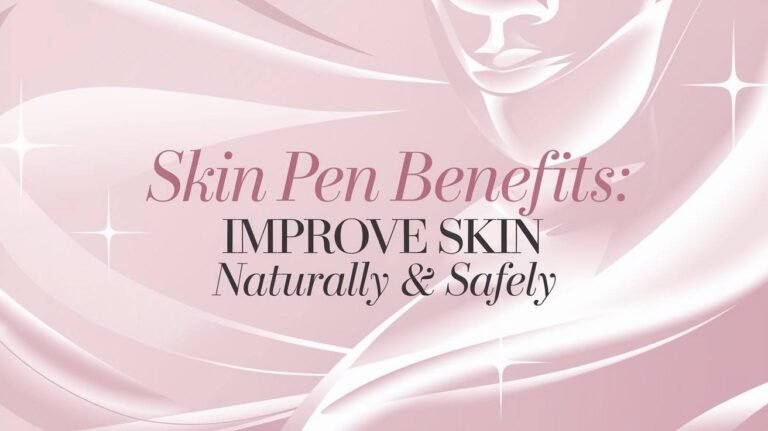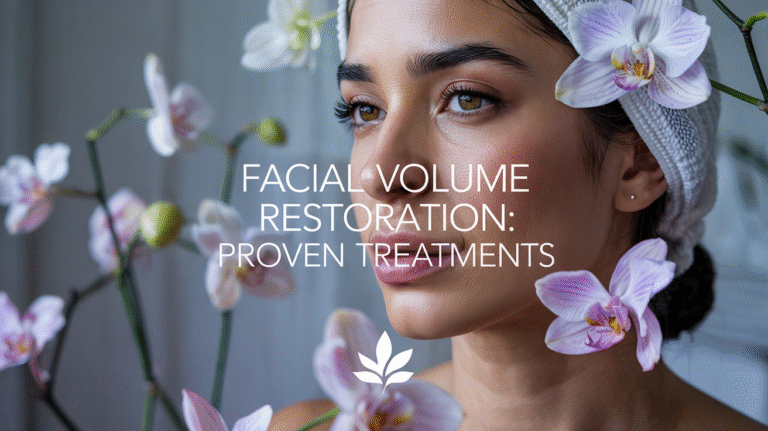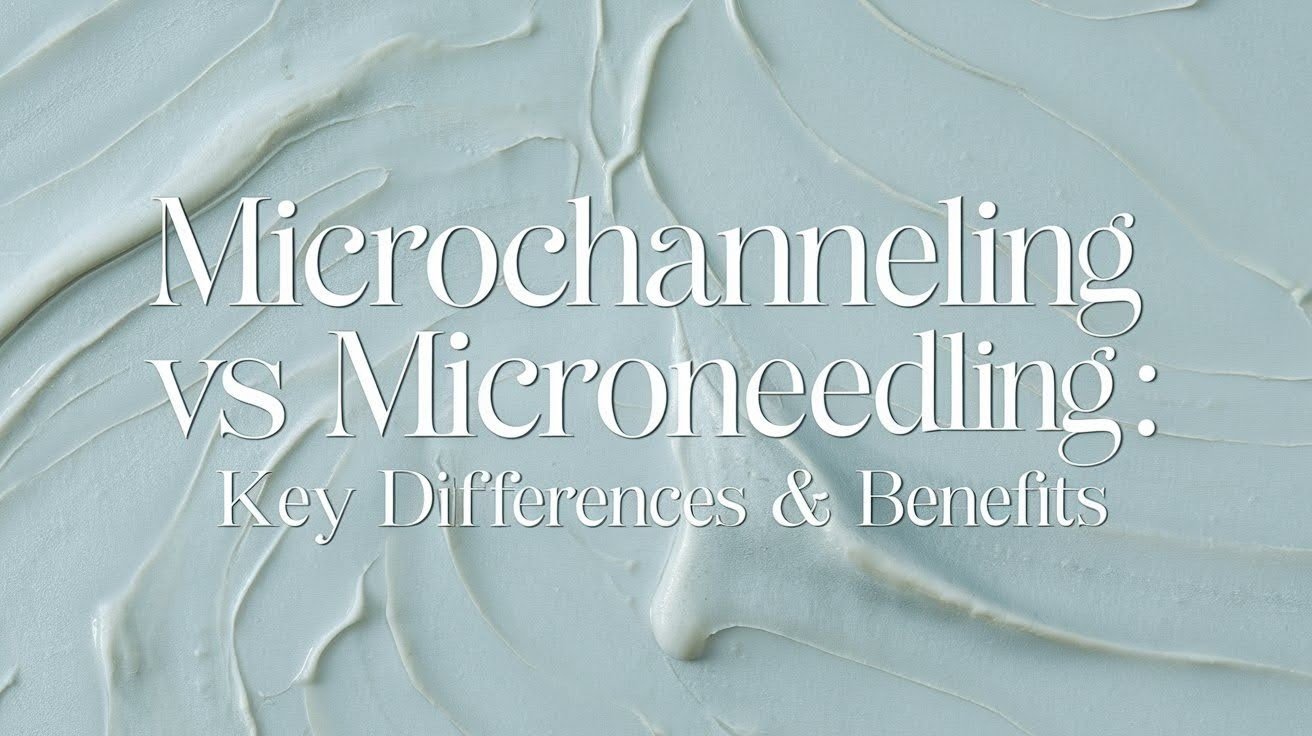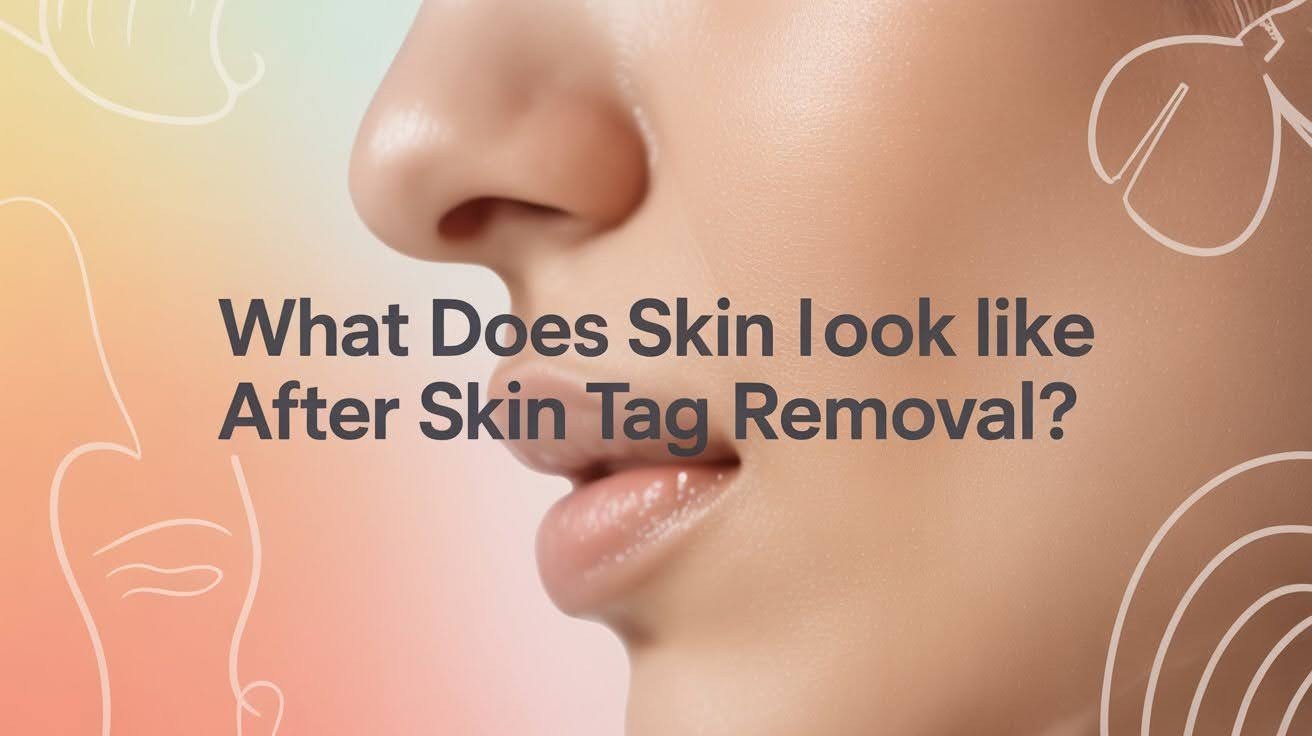How to Use Benzoyl Peroxide and Niacinamide Together?
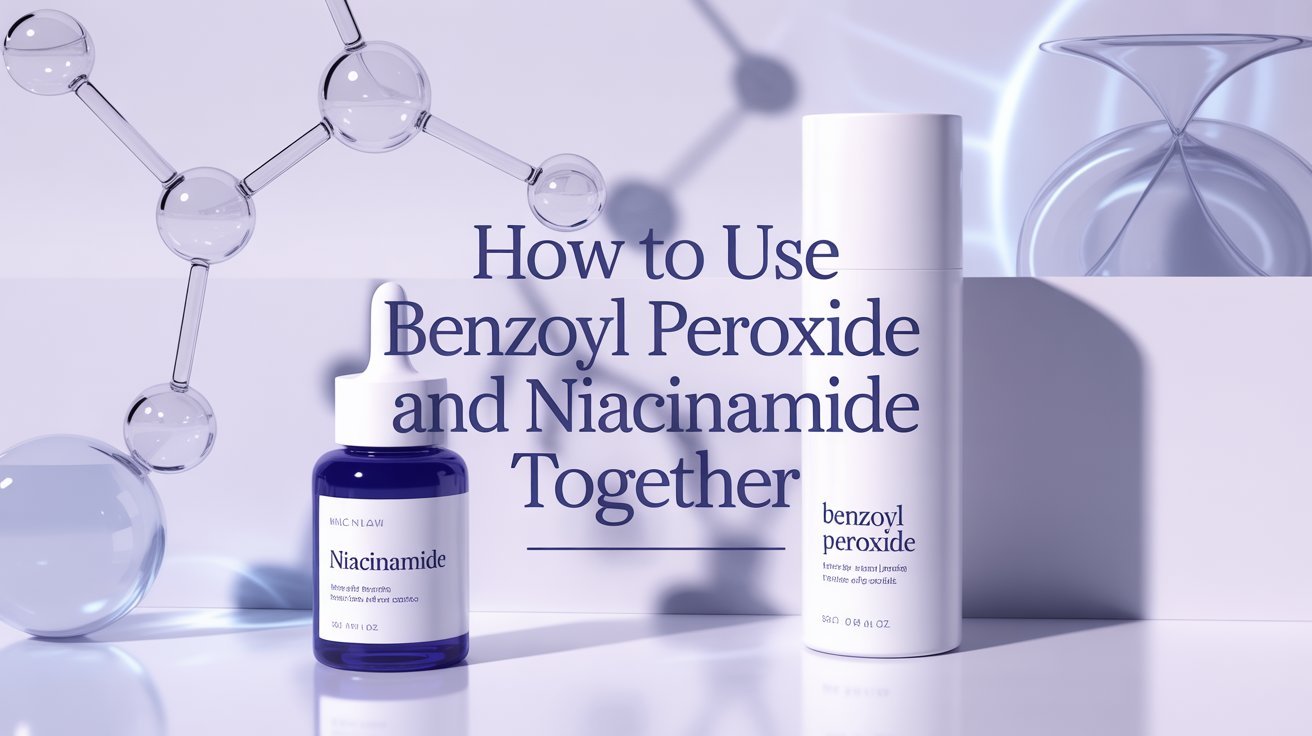
Dealing with acne can feel exhausting, especially when you’re not sure which products work together. I’ve been there, trying different combinations and wondering if I’m doing more harm than good.
In this article, I’ll show you how to use benzoyl peroxide and niacinamide together safely and effectively. You’ll learn what each ingredient does, how they complement each other, and the exact steps to add them to your routine.
We’ll cover choosing products, application order, timing, and potential risks so you can tackle acne without the guesswork.
Let’s get your skin the clear, healthy results it deserves.
Understanding Benzoyl Peroxide and Niacinamide

These two powerhouse ingredients approach acne from different angles, making them a smart combination for clearer skin.
Benzoyl Peroxide
Benzoyl peroxide fights acne by killing the bacteria that causes breakouts, specifically P. acnes. It works deep in your pores to clear out blockages and reduce inflammation.
You’ll find it in different strengths, usually ranging from 2.5% to 10%. Lower concentrations can be just as effective with less irritation. It comes in cleansers, spot treatments, gels, and leave-on lotions.
The ingredient gets oxygen into your pores, creating an environment where acne bacteria can’t survive. This makes it one of the most reliable acne fighters available.
Niacinamide
Niacinamide is Vitamin B3 in a form your skin loves. It strengthens your skin’s protective barrier, helping it hold onto moisture and stay balanced.
This ingredient also controls oil production, which means fewer clogged pores over time. It calms redness and inflammation, making your skin look and feel better.
Unlike harsh acne treatments, niacinamide actually supports your skin while it heals. It works gently but effectively, improving texture and tone along the way.
Benefits of Using Benzoyl Peroxide and Niacinamide Together
Combining these ingredients gives you better results than using either one alone.
Complementary Effects
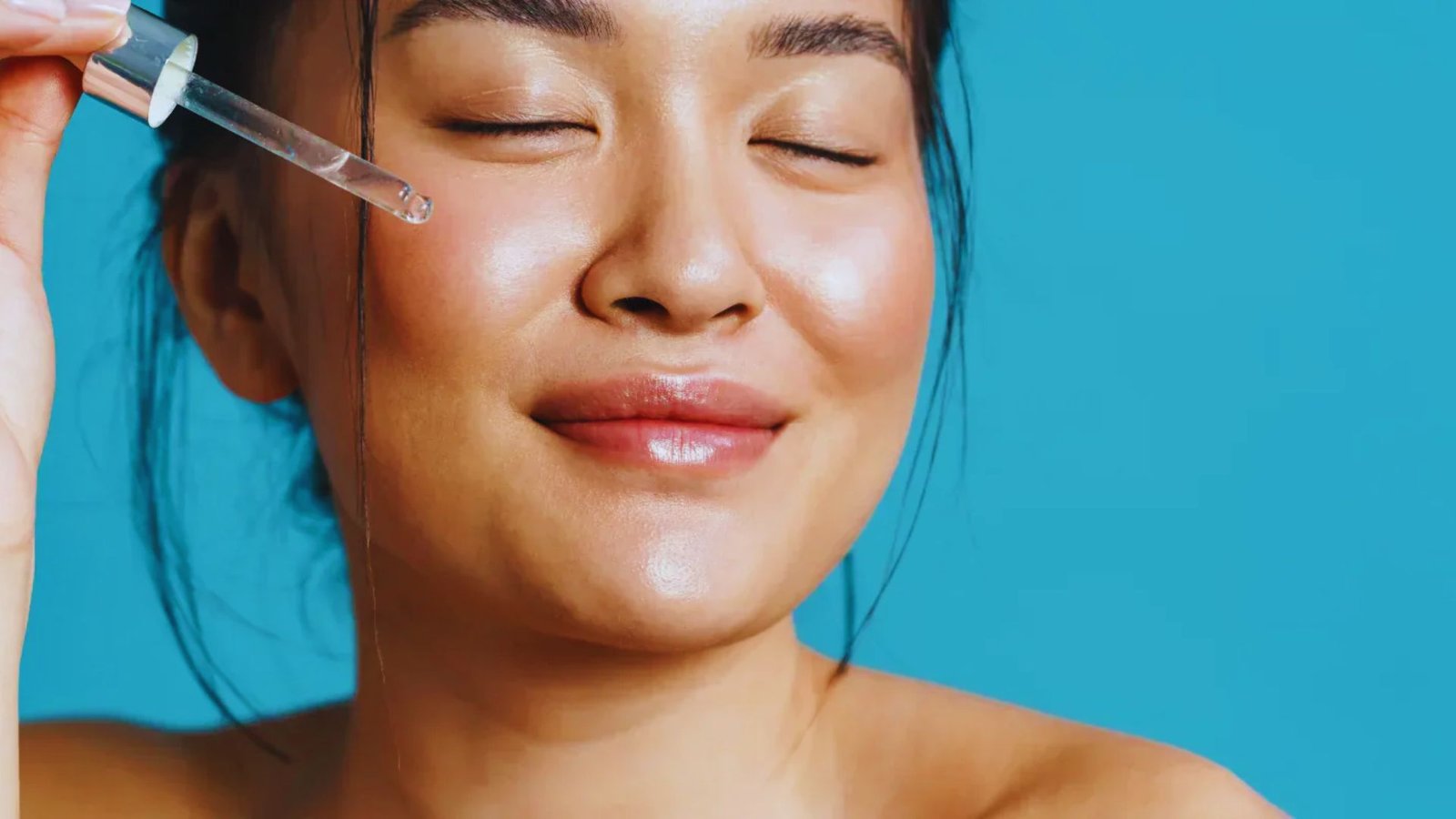
Benzoyl peroxide goes after bacteria and unclogs pores directly. Meanwhile, niacinamide hydrates your skin and keeps it calm.
This creates a balance. The benzoyl peroxide does the tough acne-fighting work while niacinamide prevents irritation and dryness. Your skin gets clearer without getting damaged.
Think of it as a team effort. One ingredient attacks the problem, the other protects and supports your skin through the process.
Evidence from Research

Research shows that using 5% niacinamide with 2.5% benzoyl peroxide works better than benzoyl peroxide by itself. Studies found this combination reduced noninflammatory acne lesions more effectively.
Participants also saw less oil production and fewer breakouts overall. The best part? People tolerated the combination well with minimal side effects.
This isn’t just theory. The science backs up what many people experience: these two ingredients make each other work better.
How to Incorporate Both Ingredients in Your Routine

Getting the order and timing right makes all the difference in how well these ingredients work.
Choosing the Right Products: Start with trusted brands that clearly list their ingredient concentrations. Look for products specifically formulated for acne-prone skin.
You have options. Benzoyl peroxide comes in cleansers, spot treatments, and leave-on gels. Niacinamide appears in serums, moisturizers, and toners.
Pick concentrations that match your skin’s sensitivity. If you’re new to these ingredients, start with lower percentages like 2.5% benzoyl peroxide and 5% niacinamide.
Order of Application: Apply products from thinnest to thickest consistency. Benzoyl peroxide treatments usually go on first since they’re often gel-based.
Wait a minute or two for each layer to absorb. Then apply your niacinamide serum or moisturizer on top.
If you’re using a benzoyl peroxide cleanser, you wash it off first, then apply niacinamide products afterward. This makes layering simple and effective.
Frequency and Timing: Don’t rush into using both every day. Start with alternating days to see how your skin responds.
You can use niacinamide morning and night since it’s gentle. Save benzoyl peroxide for nighttime initially, especially if you’re just starting out.
Listen to your skin. If it feels comfortable after a few weeks, you can increase frequency. Some people eventually use both ingredients twice daily without issues.
Potential Risks and Precautions
Being aware of possible problems helps you avoid them and keep your skin healthy.
Skin Irritation and Sensitivity

Some people experience redness, dryness, or stinging when starting these ingredients. This is normal but doesn’t mean you should push through severe discomfort.
Do a patch test first. Apply a small amount on your jawline or behind your ear for a few days before using it on your full face.
If irritation happens, reduce how often you’re using the products. Your skin might just need more time to adjust.
Sunscreen and Daytime Protection
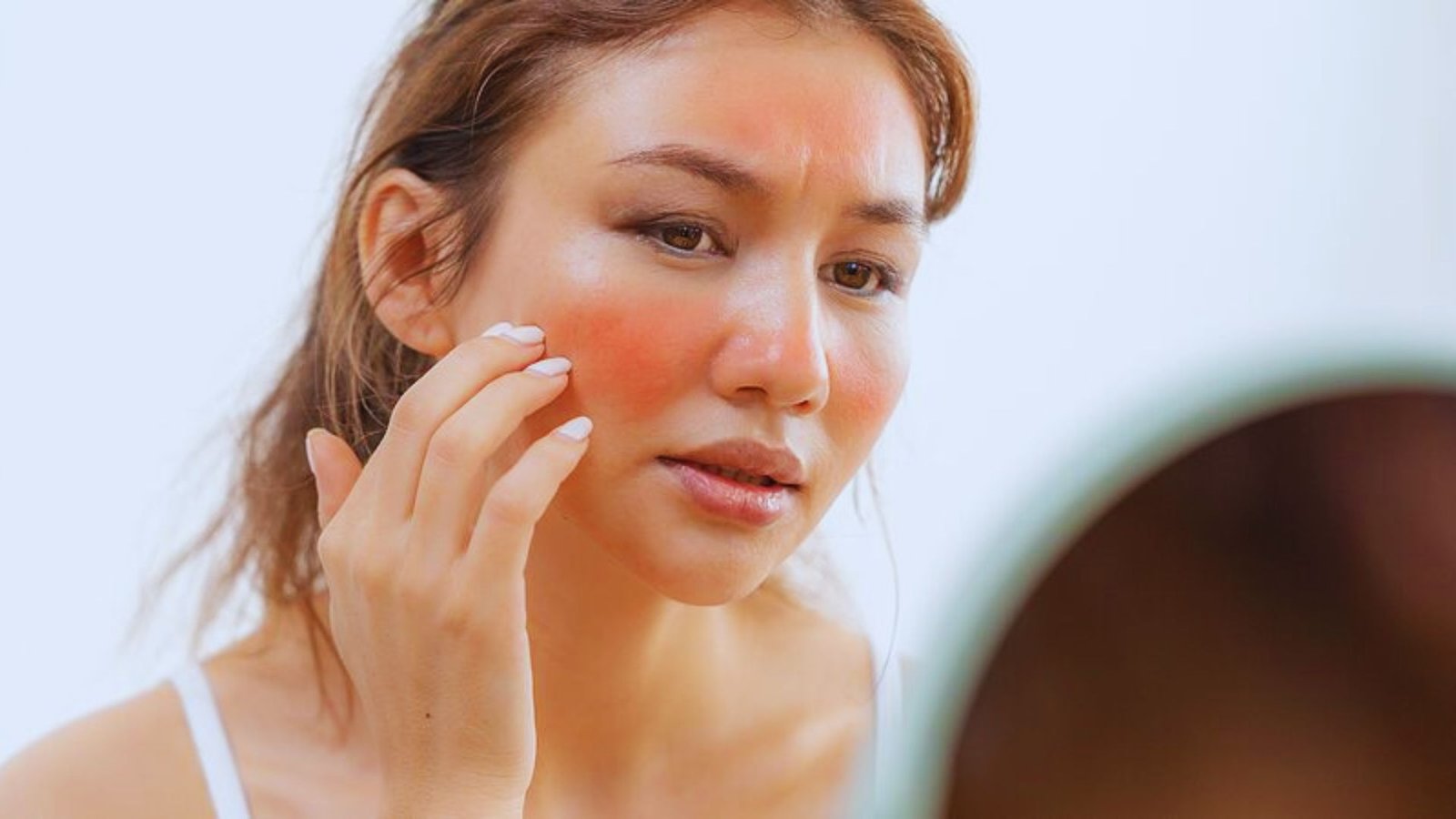
Benzoyl peroxide makes your skin more sensitive to UV rays. This means sun damage can happen faster and easier.
Wear sunscreen every single day, even when it’s cloudy. Choose at least SPF 30 and reapply throughout the day if you’re outside.
This step isn’t optional. Skipping sunscreen can undo all your progress and cause new skin problems.
Avoid Mixing With Incompatible Ingredients

Retinol and benzoyl peroxide shouldn’t go on your skin at the same time. They can deactivate each other, making both less effective.
Strong acids like glycolic acid or Vitamin C can also conflict. Use these at different times of day or on alternate days.
Keep your routine simple at first. You can always add more ingredients once you know how your skin handles the basics.
Tips for Maximizing Results
Small adjustments to your routine can make a big difference in how quickly you see clearer, healthier skin.
- Keep your skin hydrated with a good moisturizer, even if you have oily skin. This prevents the dryness that often comes with acne treatment.
- Stay consistent with your routine. Results typically take four to six weeks to show up, so don’t give up too early.
- Take photos of your skin weekly to track progress. Sometimes improvements are gradual and hard to notice day by day.
- If your acne isn’t improving after two months or gets worse, see a dermatologist. They can adjust your approach or suggest prescription options.
Conclusion
Using benzoyl peroxide and niacinamide together really can change acne-prone skin when you do it right. I’ve learned that patience matters just as much as the products themselves.
Start slowly, layer them correctly, and give your skin time to adjust. Your face will thank you for the gentle approach.
If breakouts persist or you’re unsure about next steps, talking to a dermatologist is always worth it. They can fine-tune your routine for your specific needs.
Drop a comment below and tell me how these ingredients have worked for you. I’d love to hear about your skincare experience.
Frequently Asked Questions
Can I use benzoyl peroxide and niacinamide at the same time?
Yes, you can use them together. Apply benzoyl peroxide first, let it absorb, then follow with niacinamide.
Will these ingredients irritate my sensitive skin?
They might cause mild irritation at first. Start with lower concentrations and introduce them gradually to help your skin adjust.
How long before I see results from this combination?
Most people notice improvements within four to six weeks of consistent use. Give your routine at least two months.
Can I use benzoyl peroxide and niacinamide during the day?
Yes, but wear sunscreen since benzoyl peroxide increases sun sensitivity. Many prefer using benzoyl peroxide at night and niacinamide twice daily.
Should I avoid any other ingredients when using this combination?
Avoid using retinol at the same time as benzoyl peroxide. Also separate strong acids and Vitamin C by several hours.



